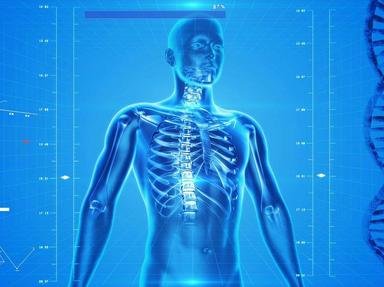Quiz Answer Key and Fun Facts
1. Which muscle is commonly called the kissing muscle?
2. Teeth are made up of four types of tissue, but which is the hardest?
3. Men belonging to the Anabaptist group known as Hutterites are not allowed to have what on their bodies until they are married?
4. The femur is the longest bone in the human body, but what is the second longest?
5. Where on the human body would you find a lunula?
6. Seventeenth century philosopher Rene Descartes thought this was the "seat of the soul, where all thoughts are formed", and although we now know this not to be the case, its full purpose is not known. Which gland are we referring to?
7. Developed in 1975, the Fitzpatrick scale is used for classifying what?
8. What do ligaments connect?
9. Originally published in 1858, and still much used today, which medical textbook featured detailed illustrations from Henry Vandyke Carter?
10. With which feature of the body would a dactyloscopist deal?
Source: Author
480154st
This quiz was reviewed by FunTrivia editor
rossian before going online.
Any errors found in FunTrivia content are routinely corrected through our feedback system.

